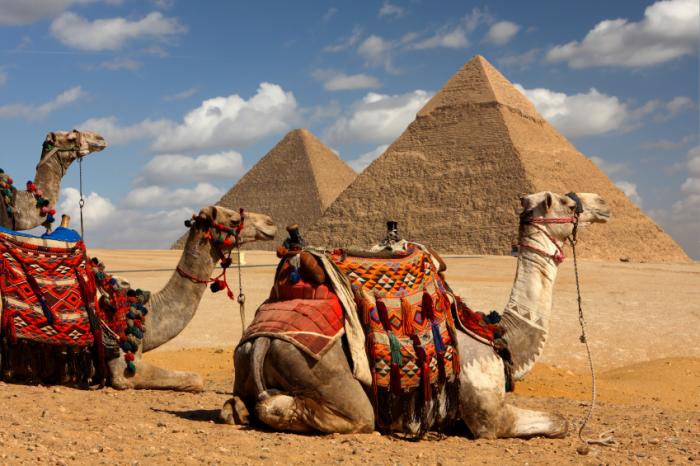Souvenir Sheet: Talice Reserve and Ecopark, 30th Anniversary (Uruguay 2021)
Talice Reserve and Ecopark, 30th Anniversary (Uruguay 2021)
11 August (Uruguay ) within release Talice Reserve and Ecopark, 30th Anniversary goes into circulation Souvenir Sheet Talice Reserve and Ecopark, 30th Anniversary face value 27 Uruguayan new peso
| Souvenir Sheet Talice Reserve and Ecopark, 30th Anniversary in catalogues | |
|---|---|
| Colnect codes: | Col: UY 2021-10 |
Souvenir Sheet is horizontal format.
Also in the issue Talice Reserve and Ecopark, 30th Anniversary:
- Souvenir Sheet - Talice Reserve and Ecopark, 30th Anniversary face value 27;
- Stamp - Talice Reserve and Ecopark, 30th Anniversary face value 27;
Souvenir Sheet Talice Reserve and Ecopark, 30th Anniversary it reflects the thematic directions:
An amusement park is a park that features various attractions, such as rides and games, as well as other events for entertainment purposes. A theme park is a type of amusement park that bases its structures and attractions around a central theme, often featuring multiple areas with different themes. Unlike temporary and mobile funfairs and carnivals, amusement parks are stationary and built for long-lasting operation. They are more elaborate than city parks and playgrounds, usually providing attractions that cater to a variety of age groups. While amusement parks often contain themed areas, theme parks place a heavier focus with more intricately-designed themes that revolve around a particular subject or group of subjects.
Animals are multicellular, eukaryotic organisms of the kingdom Animalia (also called Metazoa). All animals are motile, meaning they can move spontaneously and independently, at some point in their lives. Their body plan eventually becomes fixed as they develop, although some undergo a process of metamorphosis later on in their lives. All animals are heterotrophs: they must ingest other organisms or their products for sustenance.
A camel (from Latin: camelus and Greek: κάμηλος (kamēlos) from Ancient Semitic: gāmāl) is an even-toed ungulate in the genus Camelus that bears distinctive fatty deposits known as "humps" on its back. Camels have long been domesticated and, as livestock, they provide food (camel milk and meat) and textiles (fiber and felt from camel hair). Camels are working animals especially suited to their desert habitat and are a vital means of transport for passengers and cargo. There are three surviving species of camel. The one-humped dromedary makes up 94% of the world's camel population, and the two-humped Bactrian camel makes up 6%. The wild Bactrian camel is a separate species and is now critically endangered.



